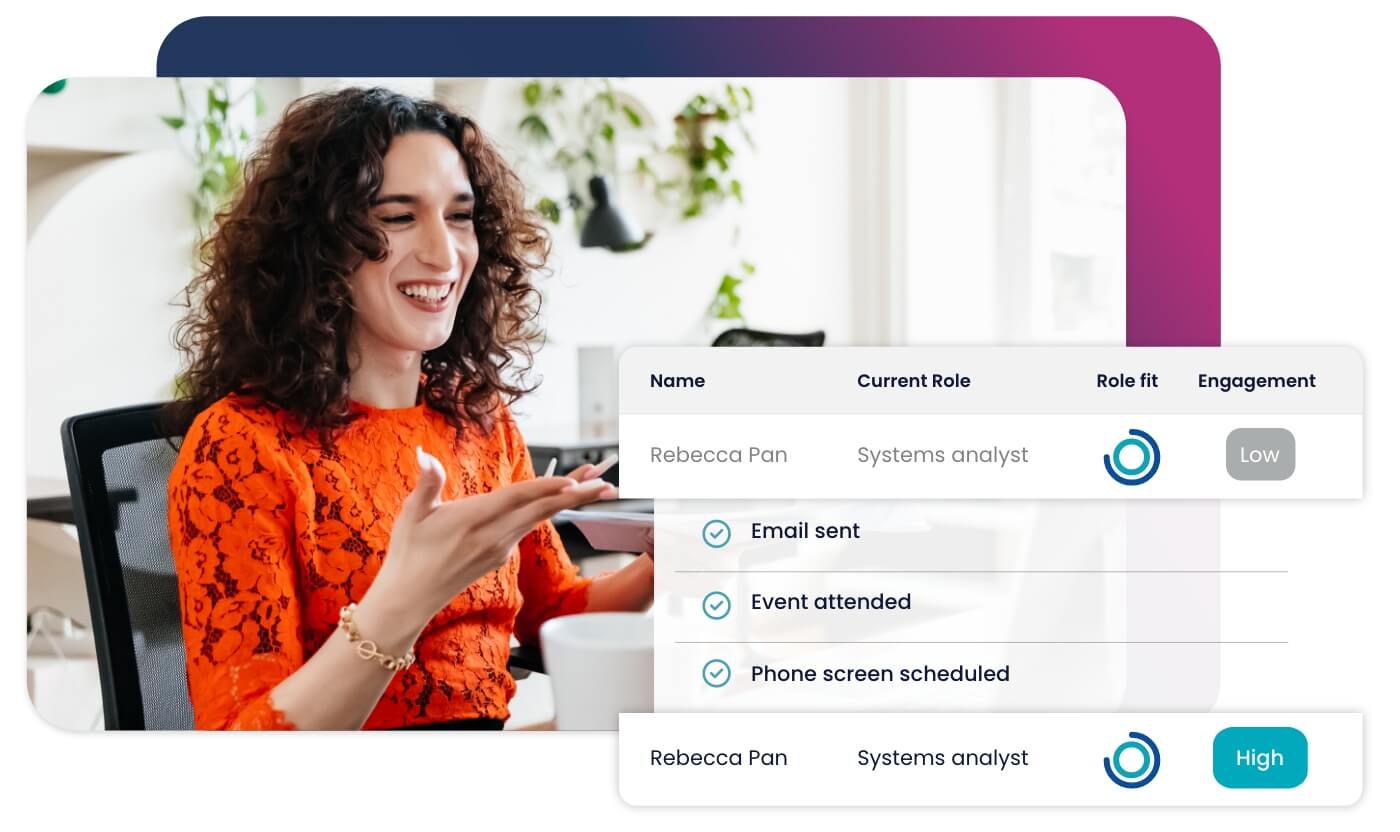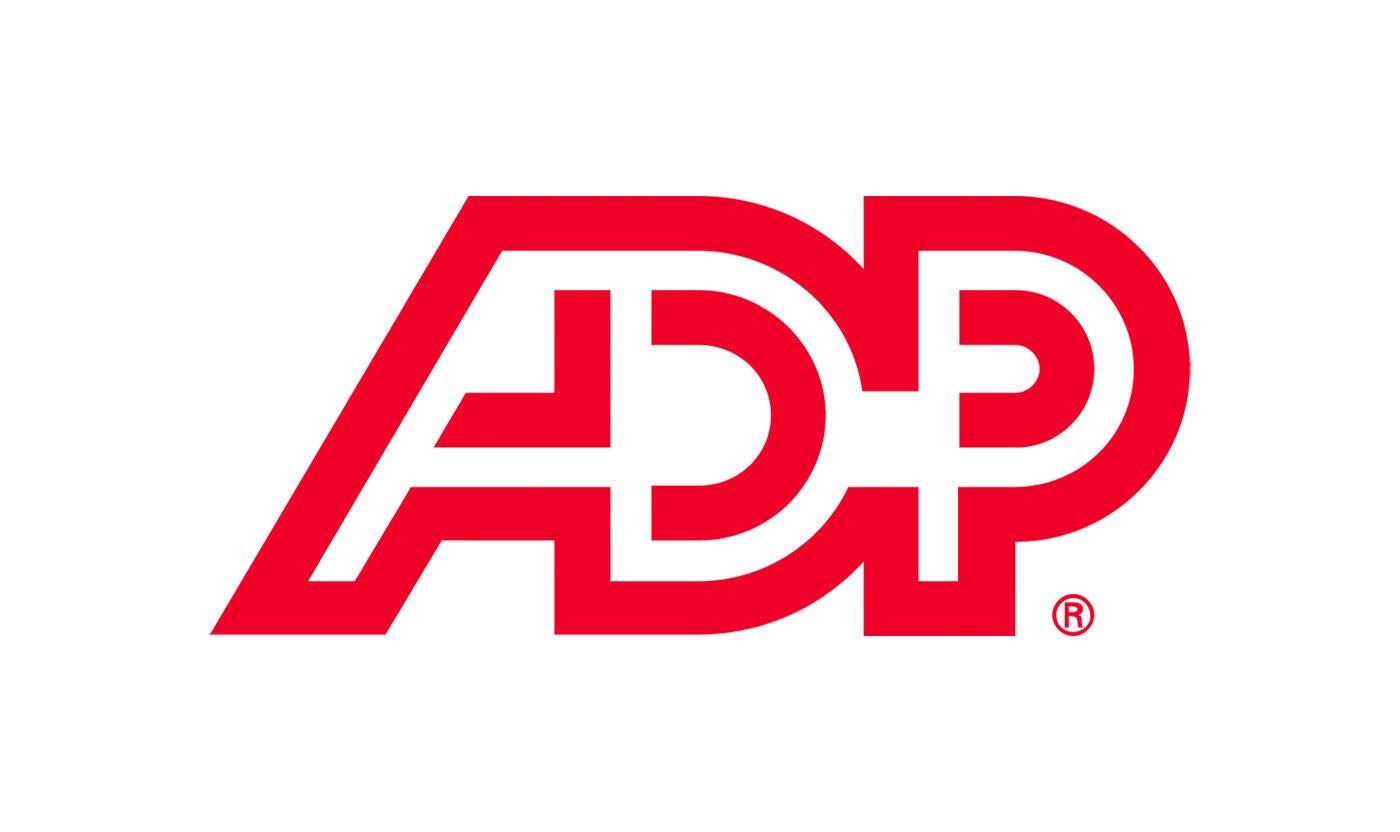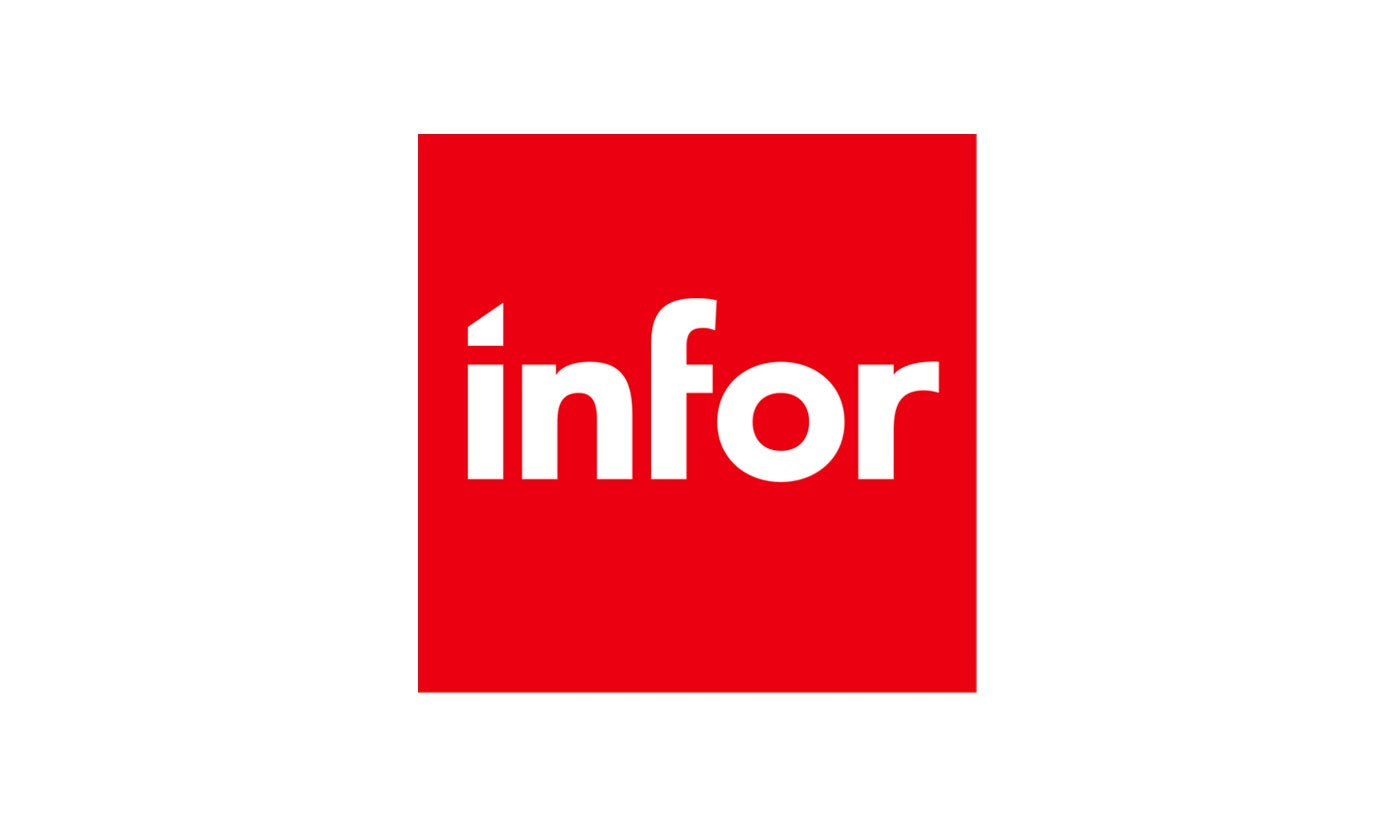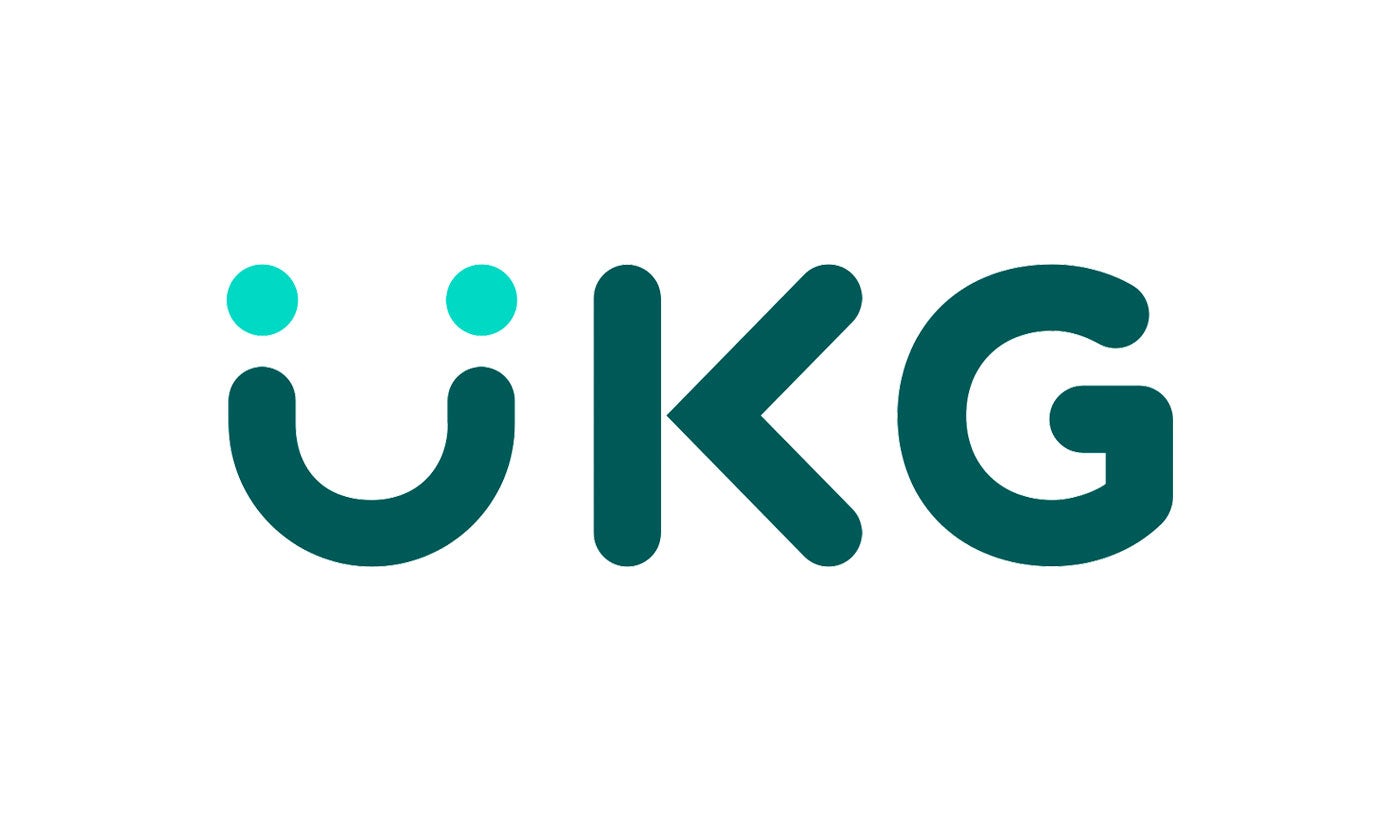





Accelerate hiring key talent to deliver care and exceed patient satisfaction.

Attract skilled candidates, speed up hiring and grow expertise in your workforce.

Simplify recruiting finance and banking talent with a platform for hard-to-fill roles.


Build a talent pipeline that engages and drives your business forward.


See how diverse and global enterprises use iCIMS to employ millions, drive innovation and connect communities worldwide.

Uncover unique market insights, explore best practices and gain access to talent experts across our library of content.


View press releases, media coverage, the latest hiring data and see what analysts are saying about iCIMS.


Streamline your tech stack and take advantage of a better user experience and stronger data governance with ADP and iCIMS.

The combined power of iCIMS and Infor helps organizations strategically align their business and talent objectives.

Our award-winning partnership with Microsoft is grounded in a shared desire to transform the workplace and the hiring team experience.

Our partnership with Ultimate Kronos Group (UKG) supports the entire talent lifecycle by bringing frictionless recruiting solutions to UKG Pro Onboarding.
Employers and recruiters often look externally for viable candidates to fill open positions at their organizations. According to research conducted by the American Management Association (AMA), most companies don’t necessarily prefer internal recruiting when attempting to fill open positions. Fifty-five percent of the respondents to the survey said their company had no preference for internal or external recruiting, hiring based on their current business needs.
Interestingly, 11% of respondents said they prefer hiring externally because of their high turnover rates.
But finding candidates externally can be expensive and time-consuming. It requires the organization to launch marketing campaigns, vet candidates, and engage in long-term conversations that can sometimes drag on for months. Meanwhile, the position remains unfilled.
Thankfully, there is another option: internal recruiting. There are benefits and pitfalls to this approach, but for most organizations, it should always be an option for filling open positions.
Internal recruiting is the process of filling open job positions in an organization by hiring from within an existing workforce. Instead of searching for candidates by posting job descriptions on job boards or launching outward-facing career sites, the organization looks to its workforce to find the best candidate for the position.
Internal recruiting doesn’t necessarily mean giving an employee a promotion. Employees can be recruited laterally, retaining a similar level of authority within the organization but moving to a different role. This can be an effective strategy when an employee shows ability in a skillset outside their existing role.
Internal recruiting also means the employee being recruited can bring their insider’s knowledge with them. There may be fewer barriers to getting that employee into a productive posture as they are already familiar with the business. It can also reduce the time a position remains unfilled, as internal hires can be vetted much faster.
Internal recruiting can also decrease employee turnover. Employees who feel that they aren’t being challenged enough in their current positions may thrive in a new one. This can help to boost employee morale, as it provides employees with more opportunities to do meaningful work.
Internal recruiting requires a strategy so that it is both equitable and effective. Some companies simply allow their employees to apply to open positions alongside external candidates at the same time. Others provide their employees with exclusivity in the application process for a time before they post the job externally.
In most cases, the process the organization chooses depends entirely on the business and the need to fill the position.
Some organizations use an informal nomination or succession system. It’s common for managers to act as mentors to their subordinates. If they find an employee particularly promising, they may nominate them for an open position or tap them for promotion when the time comes.
Employees who network professionally may also be able to refer external candidates who would be ideal for an open position. Although this is technically external hiring, it can be a powerful way to find viable candidates, demonstrate to your employees that they are valued, and even boost morale.
It also pays to keep a database that details all your employees’ skills, abilities, and strengths. This gives you full visibility into your workforce, so you can make more informed decisions about internal hires.
Internal recruiting may seem intuitive, but there are some external factors that you must be aware of. From a legal standpoint, you must avoid the perception of favoritism or discrimination. For example, those who believe they have been passed over for a promotion or a position because of protected statuses—such as age, sex, or religion—are within their rights to file a complaint with Human Resources.
You must also communicate the position openly throughout the organization to ensure every employee has an opportunity to apply, even if your organization relies on informal nominations.
The first challenge of internal recruiting is obvious. Mathematically, it still requires the organization to hire someone externally.
Moving an employee from one position to another still leaves a vacant position that must be filled. In some cases, internal recruiting may only be a viable option in specific instances, such as when an employee expresses interest in a different role and the company already has candidates in the talent pool who can fill the role they are vacating.
Recruiting internally may also mean that the organization misses out on fresh perspectives. Diversity of thought is integral for discovering problems and redundancies in operational processes, and employees who bring unique experiences to the job can lead to positive changes. An internal hire may already be accustomed to the organization’s processes, but they might not be able to innovate if those processes are already broken.
Finally, it can sometimes be challenging to be equitable when recruiting internally. If two employees are vying for the same position, giving it to one could result in the other feeling like they have been passed over.
Many of the same software applications you use for external recruitment can help to improve the effectiveness of internal recruitment. For example, you can create dedicated career sites for internal positions, then use the same candidate relationship management tools to manage communications and track internal applications through the hiring process.
These types of tools can also help you formalize the internal recruiting process. Provide your internal candidates with offers and messaging similar to those you’d provide external candidates, so they can enjoy the same great candidate experience and know they are being treated equitably compared to others.
Internal recruiting can look different depending on the organization, but there are a few best practices that are important to keep in mind.
First, post career opportunities internally and ensure they are advertised to your entire workforce. Many organizations accomplish this with a dedicated internal career page.
Second, use your HR software and applicant tracking tools to keep track of your employees’ skills. You can also use these systems to identify viable internal candidates and even vet applicants.
Third, use a similar workflow for internal candidates that you would for external candidates. Your internal candidates must meet the same standards as any other applicant, and vice versa. You can build these types of workflows with platforms like iCIMS, engaging internal candidates with the same great recruitment tools as you would any other potential hire.
And finally, don’t skip the onboarding process. Your internal hires may adapt quickly to their new positions, but they should be aware of critical information that your external candidates must learn. That’s where a robust employee onboarding software is a must.

